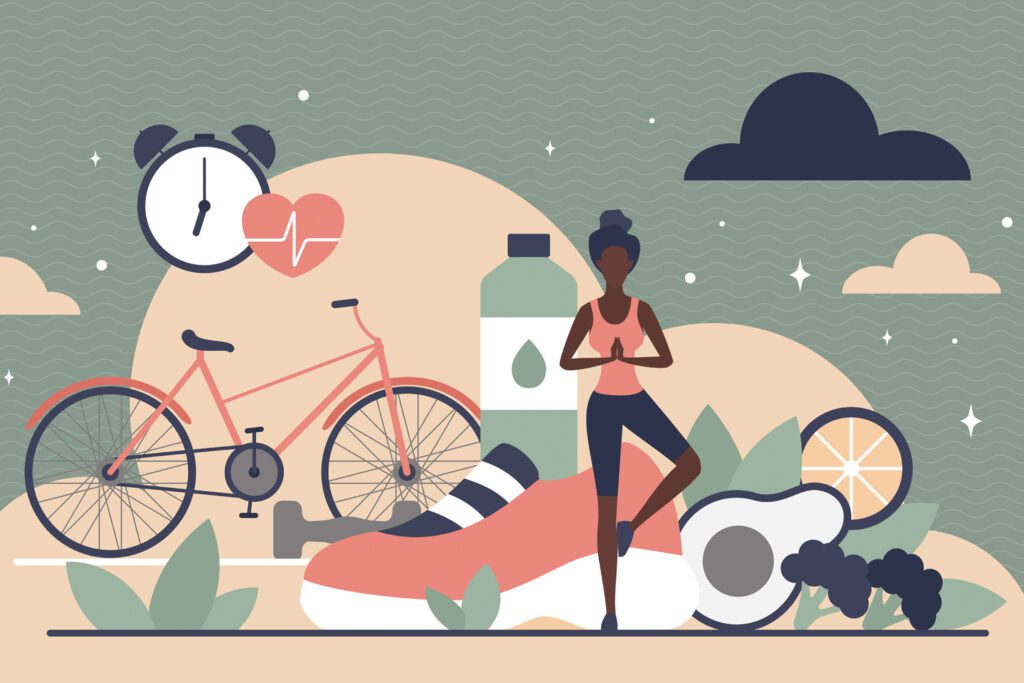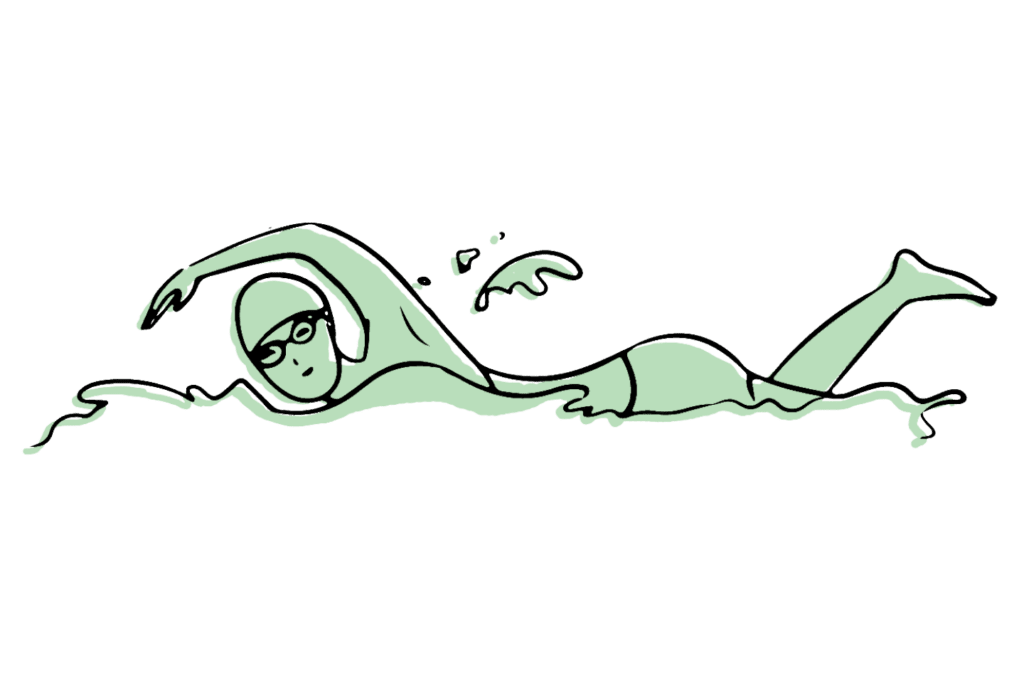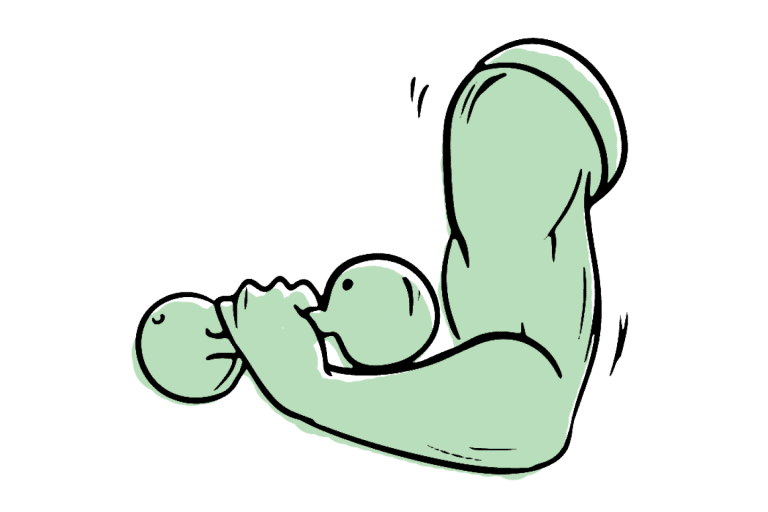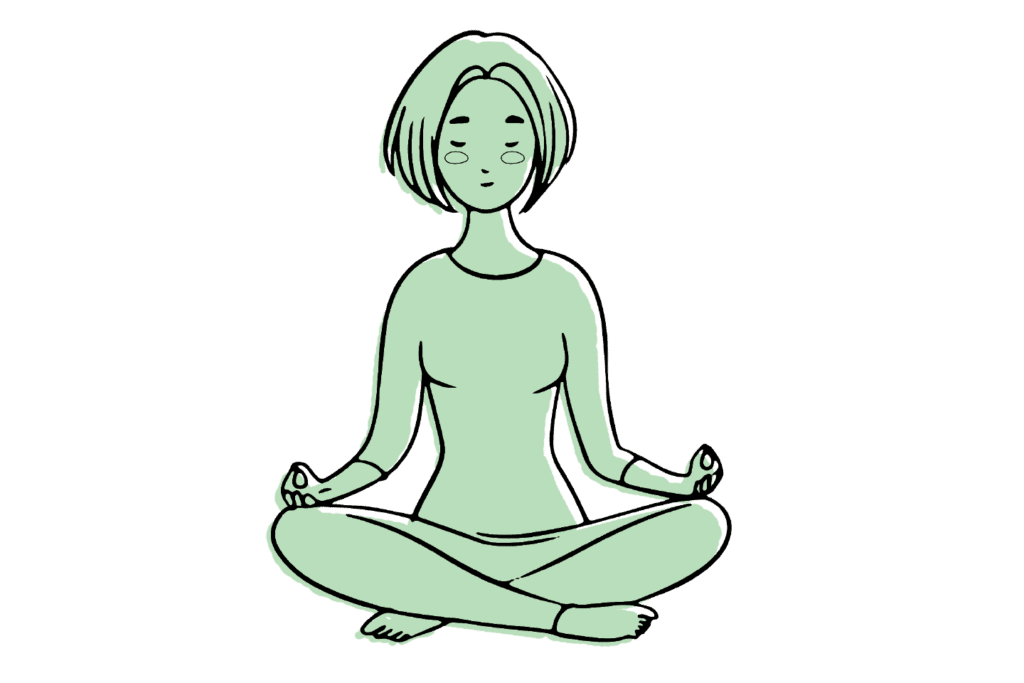Benefits & Tips for Low-Impact Exercise
If all the benefits of exercise were in a pill, everyone would take it! Unfortunately, it’s not quite that easy, and recent studies suggest that more than a third of adults 65 and older are doing no leisure-time physical activity at all. If you fall into this category, it’s time to put some pep in your step!

Why Should I Exercise?
You’ve heard it all your life – exercise improves your body and mind. As you grow older, though, you may think it’s too hard, or even worry you’ll hurt yourself. “It is no secret that as we age, our muscles and joints become more difficult to move and can sometimes even be painful and sore,” says Alisha Landes, executive director of The Lantern at Morning Pointe. “But regular exercise is crucial to keeping our muscles active as long as we can.”
For adults 65 and older, the Centers for Disease Control and Prevention recommends 150 minutes of moderate-intensity exercise weekly, performed in bouts of at least 10 minutes, and strength-building work twice a week. Moderate-intensity is equivalent to about a 5 or 6 on a 10-point scale of difficulty. You will notice you are breathing harder, and your heart will beat faster, but you won’t be completely exhausted.
The benefits of achieving the exercise goals set by the CDC are improved cardiovascular endurance, better sleep, increased bone and muscle strength, flexibility, and quicker recovery from illness or injury. Exercise also improves your mood, while habitual sedentary behavior can provoke feelings of depression or melancholy.
Low-Impact vs. High-Impact
High-impact exercises like running or jumping – anything that involves a jolting contact with the ground – can lead to joint and bone pain and stress. “We do need some impact forces in our bones, since this leads to increased bone formation and bone strength,” says Lhimell Igot, a physical therapist with Alliance Physical Therapy. “However, there is a limit as to how much our bones can adapt to these impact forces.” Instead of high-impact, older adults should choose low-impact workouts, increasing intensity if they want to build muscle without harming joints.
Low-impact exercises such as walking, swimming, and yoga burn calories and build muscle while energizing the connective tissues you need for balance and stability. They also provide notable benefits for those with osteoarthritis or cardiovascular disease while minimizing joint injuries.
Aerobic exercises are those activities that can be maintained for at least 10 minutes to increase your heart rate and breathing and use your large muscle groups.
Swimming, walking, indoor cycling, and dancing are all good options. These are the backbone of your 150-minute weekly workout routine and should be done with an intensity that would allow you to talk while doing them, but not sing. (Neither for swimming!)


At least twice a week, you should do strengthening exercises.
That may conjure visions of body-building, but no equipment is needed. Wall or chair push-ups, doing several sets of 10 with a rest in between, are a great place to start. Working with a set of modest size weights to do bicep curls is another option, with repetition the key to building muscle. Resistance bands offer an opportunity to work on many different muscle groups with a single band.


Flexibility is vital.
Chair twists, leg lifts while lying down, or even runners’ stretches are good for keeping some movement in the spine, hips, and legs. Try grasping a small towel between your hands along your backbone, and then gently raise and lower it as far as possible. Repeat several times for a great upper body stretch.
Don’t forget balance exercises.
They may seem simple, but good balance is essential to avoiding falls. Try over-the-shoulder walks (looking over one shoulder while walking straight ahead 5 steps; return looking the other way. Repeat 5 times both ways.) Practice standing on one foot while keeping your back straight and holding the other foot one inch off the ground for 10-15 seconds. Switch feet; repeat 5 stands on each leg. Standing marches are similar, but you lift each foot until your thigh is parallel to the floor, back straight, hold briefly then return it to the floor and alternate to the other foot. Repeat 20 marches.
Yoga is one form of exercise that satisfies all three categories of strength-building, balance, and flexibility, and many classes are designed for seniors.
Yoga provides lots of stretching to help with flexibility, but builds and maintains a strong core and can improve bone density as well. A 10-year study of yoga published in Topics in Geriatric Rehabilitation reports that 12 minutes of yoga every other day is enough to render significant benefits.


The Takeaway
Exercise is the key to enjoying your senior years. It can help reduce the effects of some chronic diseases and, in many cases, enable you to live with less pain or fewer medications. If you’ve been sedentary for a while, you’ll need to start with beginner-level exercises and work up to moderate-intensity activities. “Don’t feel like you have to start with a complete workout your first day! Start off slow, and listen to your body,” says Landes. Each step in that direction should make you feel steadier, with better mobility and a more positive outlook.
“For seniors who are just starting with exercise, consulting with your physician or physical therapist is absolutely necessary,” says Igot. “There may be specific exercises that aren’t suitable for your health condition.” Once you’ve determined what is appropriate for you, ask friends for recommendations for exercise classes or yoga practices that are geared toward older adults. Online community bulletin boards list classes at area churches or neighborhood centers that you could try. Having an exercise buddy will help you stay motivated and accountable, and make it fun. You may find that you feel younger and stronger than you’ve felt in years – golden indeed!


Alisha Landes
Executive Director, The Lantern at Morning Pointe


Lhimell Igot
Physical Therapist, Alliance Physical Therapy

